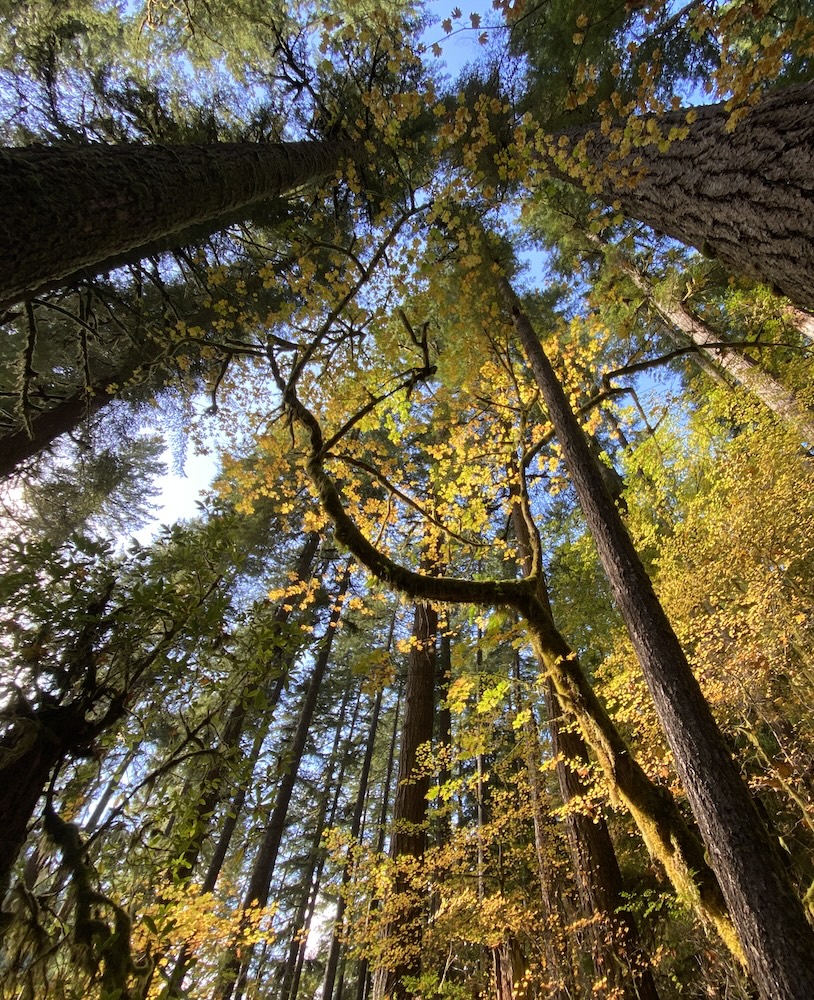Protect the Blue Mountains Now and Forever
The landscapes of the Blue Mountains Ecoregion are of global importance in our fight against climate change and the biodiversity crisis. They provide irreplaceable wildlife habitat, sources of clean, cold, and abundant water, and store massive amounts of carbon from the atmosphere.
In this age of climate change, a biodiversity crisis, and increasing development, scientists tell us that to maintain the resilience of biodiversity and ecosystems at the global scale, we must conserve 30% to 50% of Earth’s ecosystems, especially large intact areas. The blue mountains provide irreplaceable wildlife habitat, refugia, and connectivity corridors. The assemblage of native fish, wildlife, and plants is fragile but remains largely intact.
The forests of the Blue Mountains are the sources of abundant, clean, cold water. Conserving remaining intact watersheds is crucial to safeguard water security and slow the intertwined climate and biodiversity crisis. Protecting forests is an essential strategy in the fight against climate change because forests capture and store massive amounts of carbon from the atmosphere.
These landscapes have provided cultural values to humans since time immemorial.
To the extent they belong to anyone, our public lands belong to all of us. Equally.
As the US Forest Service continues to revise forest plans that will guide the management of these landscapes for decades to come, we call upon the agency and elected officials to ensure:
- A FAIR AND EQUITABLE process with everyone on equal footing, including tribes, conservationists, and those who value our forests for more than economic reasons,
-
PROTECTION of undeveloped lands and habitat for all native species, including those that are common, rare, and extirpated, as well as connectivity corridors at all scales,
-
PROTECTION of waterways, waters, wetlands, and associated habitat from headwaters and tributaries to ocean-going rivers,
-
PROTECTION of large, mature, and old-growth trees and forests,
-
Reduction of destructive activities such as commercial logging, overgrazing, fire suppression far from communities, and an over-roaded landscape,
-
Increased enforcement of laws, including poaching, illegal tree cutting, grazing violations, and off-road travel,
-
Increased focus and investment in activities that benefit local communities and forests that do not compromise the above values, such as traditional recreation, non-commercial thinning, carbon sequestration and storage, fire use, road reductions, first foods, stream restoration, and natural processes, and
-
Clear sideboards and enforceable rules to ensure all of the above.


